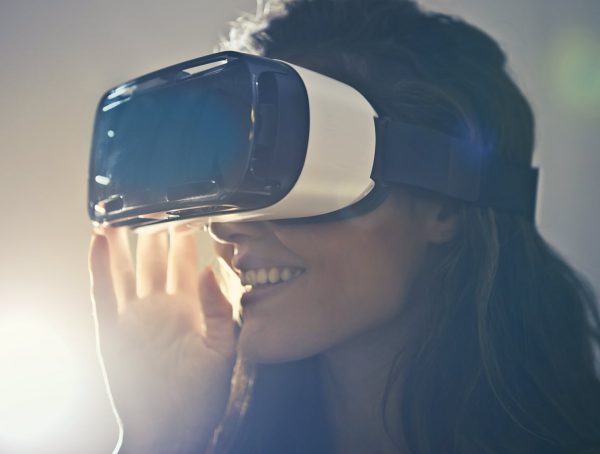Conflict resolution oftentimes requires an understanding of the other opponent’s point of view. Traditional media have been used in these situations as a way to arise a more critical perception of the conflict and get a better understanding of the opponent’s actions. Nowadays, we dispose of new technologies that could be used in conflict-resolution such as virtual reality (VR) as an attempt to deepen the conflict-resolution experience.
This study focuses on the Israeli-Palestinian conflict resolution interventions, which “typically rely on materials, including texts and images that lack the realism and emotional intensity of real-life events, such as wars and terror attacks, and real-life experiences, including mental and physical suffering, and engage participants only to a limited extent.” The immersive nature of VR could potentially add a new dimension to the intervention, involving a bigger psychological impact. Instead of imagining and empathizing with an opponent’s experience, VR provides the ability to create a first-person experience.
The study gathered 100 Jewish Israeli participants (71 women, 29 men) between ages 21 and 45 who were born in Isreal, and whom most of them served in the Israeli military (96%). The study created a 1-minute 360° video of an interaction between a Palestinian couple at an Israeli military checkpoint. The video is filmed from the POV (point of view) of the Palestinian couple but is meant to be stressful for both sides.
Participants were randomly assigned the viewing of the VR video or a 2D video, and then had to answer a series of questions regarding the attitude of the characters in the video, how they related to the feelings of the Palestinian couple, and their engagement with the experience.
Results showed that participants who viewed the VR video judged the soldiers’ actions as significantly less justified and less moral than participants who viewed the 2D video. Also, more participants in the VR condition reported that they watched the scenario from the Palestinian POV than in the 2D video condition, and significantly more participants in the 2D videos took a bystander perspective compared to those with VR. Watching the video on a screen, therefore, creates a sentiment of distance and increases the chances of the viewer to take the perspective of a bystander rather than immerse in the opponent’s experience. However, the use of VR did not lead to higher levels of empathy towards the opponent’s group, for VR “does not replace the complex psychological process of perspective-taking, which requires an understanding of another person’s inner experiences and feelings.”
To read more: https://journals.sagepub.com/doi/full/10.1177/1461444821993133
Hasler BS, H. Landau D, Hasson Y, et al. Virtual reality-based conflict resolution: The impact of immersive 360° video on changing viewpoints and moral judgment in the context of violent intergroup conflict. New Media & Society. 2021;23(8):2255-2278. doi:10.1177/1461444821993133








